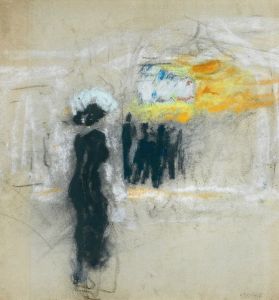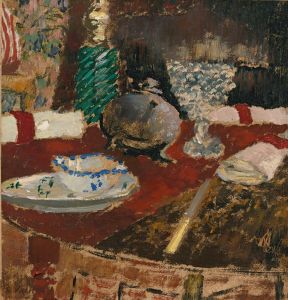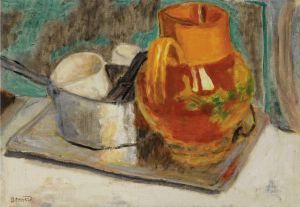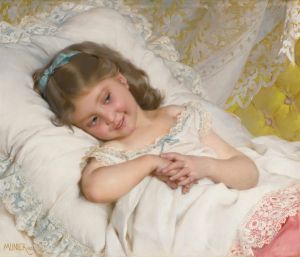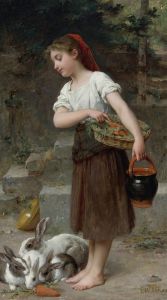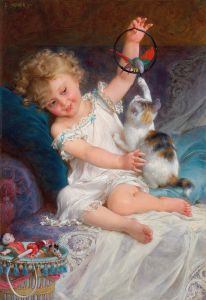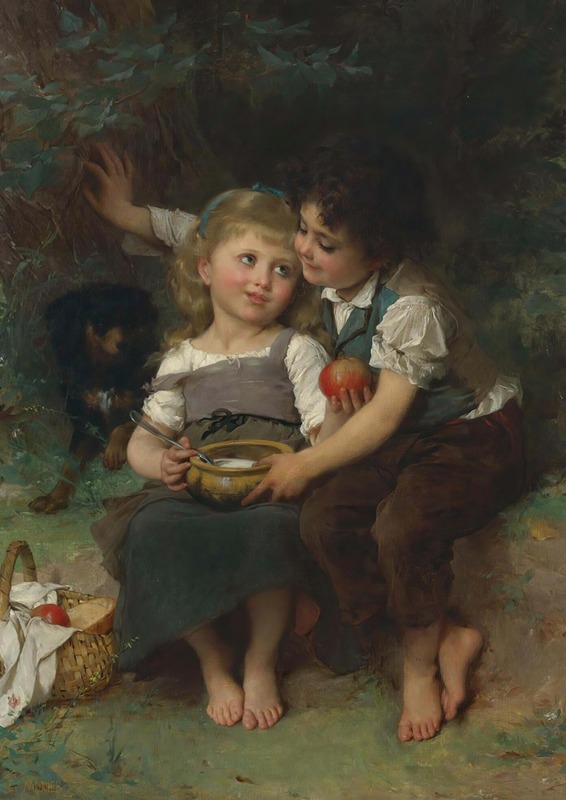
La Jatte De Lait
A hand-painted replica of Émile Munier’s masterpiece La Jatte De Lait, meticulously crafted by professional artists to capture the true essence of the original. Each piece is created with museum-quality canvas and rare mineral pigments, carefully painted by experienced artists with delicate brushstrokes and rich, layered colors to perfectly recreate the texture of the original artwork. Unlike machine-printed reproductions, this hand-painted version brings the painting to life, infused with the artist’s emotions and skill in every stroke. Whether for personal collection or home decoration, it instantly elevates the artistic atmosphere of any space.
Émile Munier was a French academic artist known for his detailed and realistic paintings, often depicting children and domestic scenes. One of his works, "La Jatte de Lait" (translated as "The Milk Bowl"), exemplifies his skill in capturing the innocence and charm of childhood, a recurring theme in his oeuvre.
Émile Munier was born on June 2, 1840, in Paris, France. He was a student of the renowned artist William-Adolphe Bouguereau, whose influence is evident in Munier's meticulous attention to detail and the smooth, polished finish of his paintings. Munier's work is often associated with the academic art movement, which emphasized traditional techniques and subjects.
"La Jatte de Lait" is a fine example of Munier's ability to portray tender and intimate moments. The painting typically features a young child, often a girl, engaged in a simple, everyday activity involving a bowl of milk. Munier's use of light and shadow, combined with his delicate brushwork, brings a sense of warmth and realism to the scene. The child's expression and posture are rendered with great care, highlighting Munier's talent for capturing the subtleties of human emotion and interaction.
The setting of "La Jatte de Lait" is usually a domestic interior, reflecting Munier's interest in the private and familial aspects of life. The composition is carefully arranged to draw the viewer's attention to the central figure, while the surrounding elements, such as furniture or household items, are depicted with equal precision. This attention to detail not only enhances the realism of the scene but also provides insight into the domestic life of the period.
Munier's paintings, including "La Jatte de Lait," were well-received during his lifetime. He exhibited regularly at the Paris Salon, the official art exhibition of the Académie des Beaux-Arts, where his works were praised for their technical excellence and emotional depth. Munier's ability to convey the innocence and purity of childhood endeared him to both critics and the public.
Today, Émile Munier's works are appreciated for their technical mastery and their ability to evoke a sense of nostalgia for a simpler, more innocent time. "La Jatte de Lait" remains a testament to Munier's skill as a painter and his dedication to capturing the beauty of everyday life. His paintings are held in private collections and museums, where they continue to be admired for their charm and craftsmanship.
In summary, "La Jatte de Lait" by Émile Munier is a quintessential example of 19th-century academic art, showcasing the artist's ability to depict intimate and tender moments with precision and warmth. Through his work, Munier invites viewers to appreciate the simple joys of childhood and the beauty of domestic life.






